Released 09/2022
MP4 | Video: h264, 1280×720 | Audio: AAC, 44.1 KHz, 2 Ch
Genre: eLearning | Language: English | Duration: 24 Lessons (10h) | Size: 8.26 GB
What is creativity? Is it a composer writing a symphony or a scientist inventing the light bulb? An innovative solution to a human need or a way of thinking outside the box, in any area of life? Is creativity a magical ability or talent that only some people have? Or is…
What is creativity? Is it a composer writing a symphony or a scientist inventing the light bulb? An innovative solution to a human need or a way of thinking outside the box, in any area of life?
Is creativity a magical ability or talent that only some people have? Or is it a process that we can comprehend, analyze, and intentionally develop?
Recent neuroscience gives us compelling answers to these questions, and many more about the creative process. By shedding light on what creative people do and how they do it, scientists studying creativity are mapping the regions of the brain that come into play during creative work. Understanding the brain physiology of creativity can reveal deep insights into the creative process and help us build tools for developing creativity.
Researchers in human creativity have also broken the creative process down into recognizable elements and stages, showing that creativity is a skill set, one that all of us can cultivate. Along the way, the scientific study of creativity has produced many intriguing and revealing discoveries about the human creative brain
The popular notion that the right brain is the seat of creativity, while the left brain controls rational thinking is inaccurate: Cutting-edge neuroscience shows that the left brain makes critical contributions to creativity.
When jazz musicians improvise—a classic example of spontaneous creativity—the rostral prefrontal cortex of the brain is activated, a region involved in self-expression and narrative autobiography, while the dorsolateral prefrontal cortex is quieted, a region that controls deliberate thinking—allowing improvisers to ride their feelings and create music in the moment.
Emotions and creativity are interrelated; studies show that if you’re in a positive mood, you’re more likely to reach creative insights and that emotions drive certain types of creativity. But the link between mood disorders and creative output is more tenuous.
By understanding the brain “signature” of the states of creative thinking, neuroscientists can stimulate the brain directly to enhance solution rates for insightful problem-solving.
Neuroscience also points to compelling reasons for learning about creativity. Beyond question, all the greatest discoveries, inventions, and works of art in history—including breakthroughs in engineering, technology, science, and medicine—have been brought about through creative work. Advances in understanding the creative brain, then, offer us highly valuable knowledge about an essential human ability.
Uncover the Workings of Human Creativity
In Creativity and Your Brain, you’ll take a deep dive into the human creative faculty, in a detailed and wide-ranging exploration of the neuroanatomy of creativity, state-of-the-art knowledge about the creative process, and how we can develop creativity in work and living. Your guide is Professor Indre Viskontas of the University of San Francisco, a neuroscientist, musician, opera stage director, and creativity researcher, who brings a passionate spirit of inquiry and multi-level expertise to this fascinating subject.
In 24 eye-opening lectures, drawing on decades of research and studies on creativity, you’ll learn the brain science relating to creative work and delve into a wide spectrum of illuminating subjects—from the internal elements of creativity, such as imagination, insight, and the “flow” state to the influence of environment, social context, stress, and the surrounding factors that aid creativity. And, throughout the course, you’ll meet noteworthy creative people in many disciplines who serve as inspiration and points of reference for your own creative undertakings.
Dig Deeply into the Creative Process
In a penetrating look at the creating brain, you’ll explore core themes, such as
How Creative Work Activates the Brain. Study the regions of the brain that shape creativity, such as the hippocampus (correlated with imagination) and the anterior cingulate (active before sudden insight), as well as the synchronized activity across brain regions that characterizes creative thinking. Also, learn about personality traits, such as openness to new experiences, which seem to predispose a person to thinking creatively.
Stages and Types of Creativity. Study two practical models of the creative process: One which breaks down recognizable steps or stages in creative work—from preparation and incubation to illumination and verification—and one which defines different kinds of creativity, involving two types of mental processing—deliberate and spontaneous. Observe how these stages of creativity and types of mental processing function in creative work, using examples from many settings.
Myths about Creative People. Evaluate whether popular conceptions about creatives are valid. Assess notions linking mental aberrations and illnesses with creative people; investigate whether depression drives creativity, or the reverse; see whether mind-altering substances, from coffee and stimulants to psychedelics, aid creativity; and observe how some neurological conditions or developmental differences, such as dyslexia, may benefit creative work.
Core Features of the Creative Process. Grasp how motivation for creative work is shaped by the brain’s reward system; study the phenomenon of creative insight (the “Aha moment”), the brain activity involved, and how to increase the likelihood of insight; take account of the brain regions correlated with imagination, and how imagination can be stimulated; and study the flow state (being “in the zone”), what occurs in the brain during flow, and nine key features of flow.
Mastering Creative Skills, Thinking, and Improvisation. Grasp the process of mastering a skill, whether in sports, the arts, or any setting, the core types of practice involved, and how a skill moves from conscious thinking to unconscious integration. Study the steps of design thinking as a practical aid to creativity. And learn the rules of creative improvisation, whether musical or verbal, noting how the skill of improvisation can be learned and improved.
The Creative Context. Study factors in the physical environment that affect creative work; note how an open exchange of ideas and a collaborative dynamic fosters a culture of creativity; investigate principles of creativity in groups, as well as the challenges, and see how we can maximize group creativity; and observe how interaction between human cultures and social ecosystems makes creativity and innovation blossom.
Gain Practical Knowledge for Creative Endeavors
Professor Viskontas’s amazingly detailed knowledge of the field and her probing, investigative teaching style make these lectures rich with insight and provocative perspectives. In a remarkable dual career, Professor Viskontas is also an opera singer and stage director, who brings a wealth of experience with artistic creativity to the table. In one segment of the course, through data from an original research project, she demonstrates how the dynamics between musicians playing together teach vital lessons about group creativity.
As an additional resource, you’ll gain valuable insights into the creative process through studying the life and work of poet Sylvia Plath, painter Georgia O’Keeffe, choreographer Martha Graham, and architect Frank Gehry, among others.
One of the course’s integral themes is to challenge the idea that, to do valuable creative work, you must be “born” creative. Through the many areas of knowledge within the course—from the key elements of the creative process and skill mastery to the principles of design thinking, creative improvisation, and the many factors that aid the creative process—Creativity and Your Brain offers empowering and inspiring guidelines for developing your own creativity.
What Will You Learn?
Learn about the synchronized brain activity that underlies creative thinking and examine key stages in the creative process
Discover how to stimulate creative insight, imagination, and the flow state
Take a deep dive into the process of mastering a skill, the steps of design thinking, the rules of improvisation, and more
HOMEPAGE
https://anonymz.com/?https://www.thegreatcourses.com/courses/creativity-and-your-brain
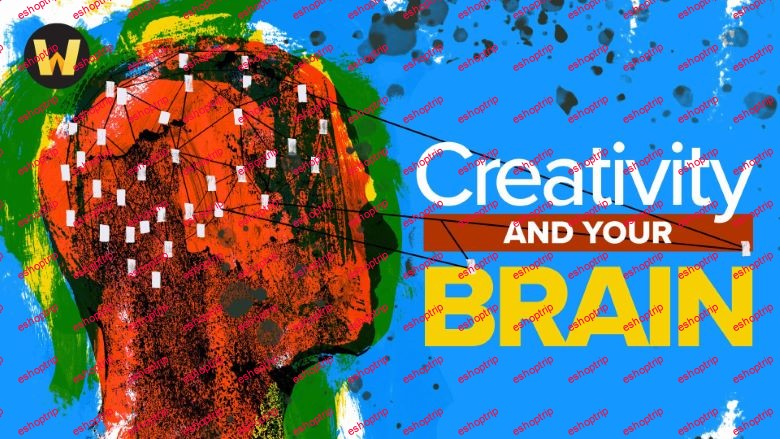
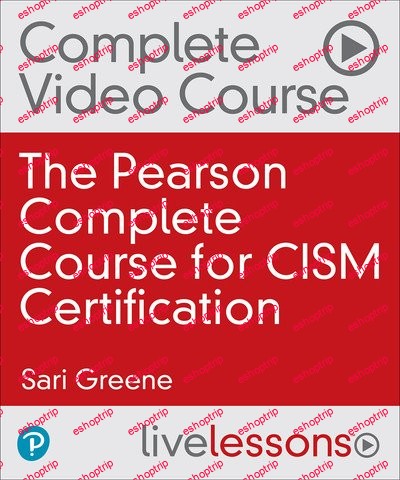
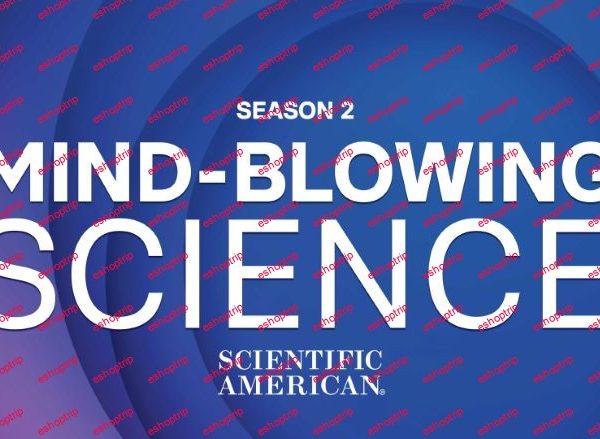
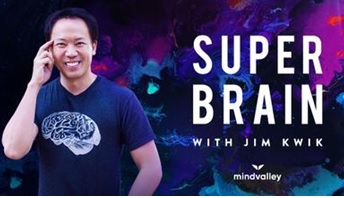
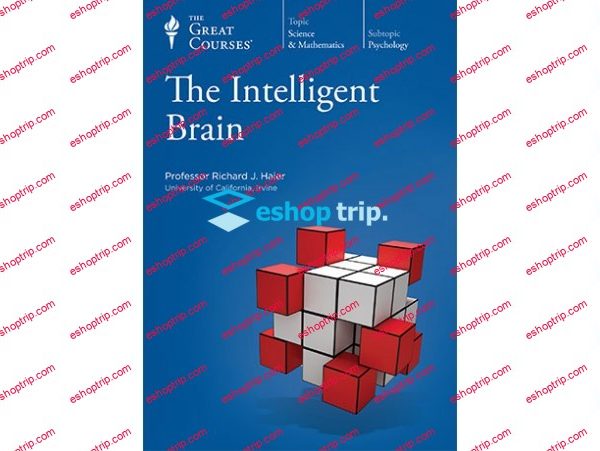

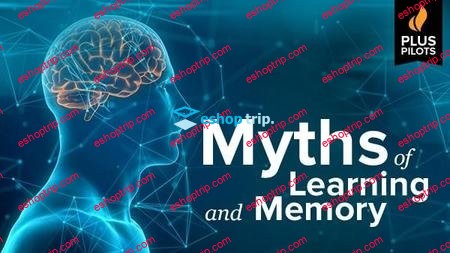




Reviews
There are no reviews yet.